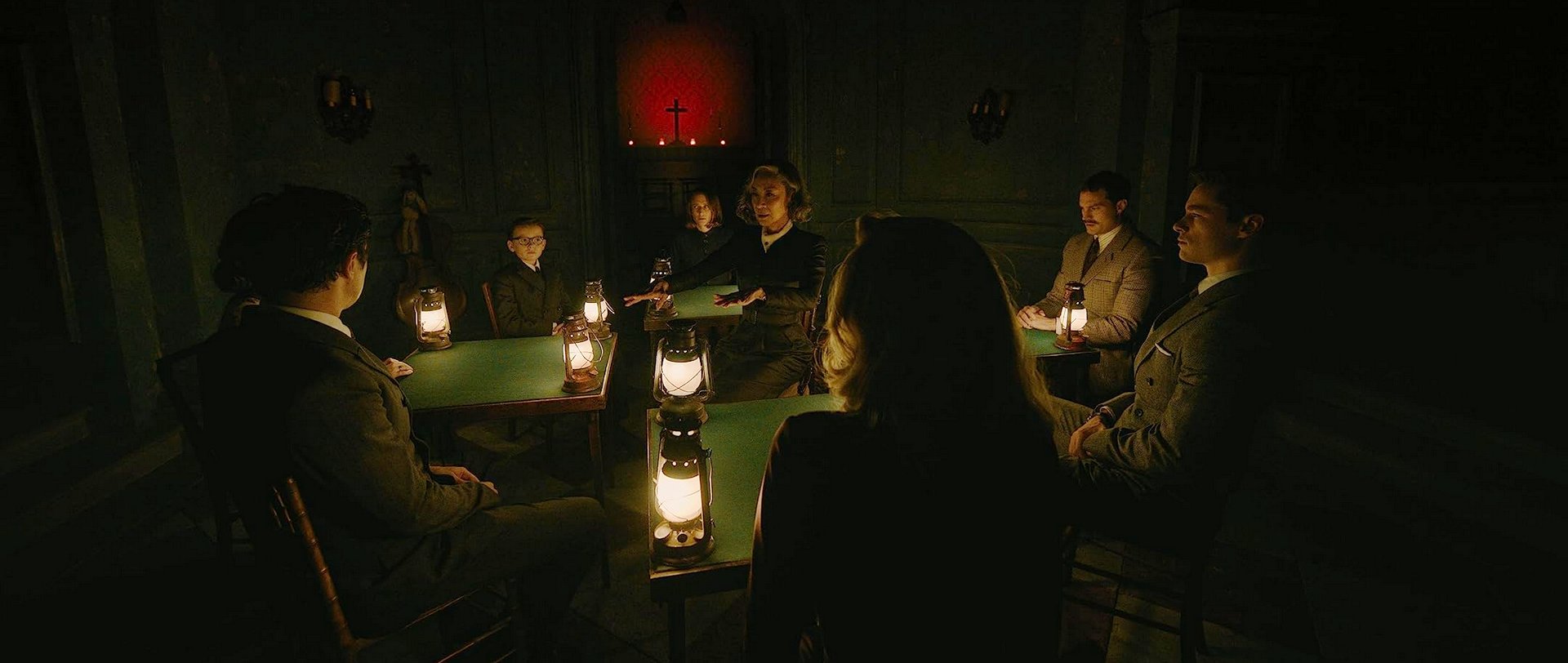A Haunting in Venice
 for some strong violence, disturbing images and thematic elements.
for some strong violence, disturbing images and thematic elements.
Reviewed by: Keith Rowe
CONTRIBUTOR
| Moral Rating: | Very Offensive |
| Moviemaking Quality: |
|
| Primary Audience: | Adults |
| Genre: | Supernatural Crime Mystery |
| Length: | 1 hr. 43 min. |
| Year of Release: | 2023 |
| USA Release: |
September 15, 2023 (wide release) DVD: November 28, 2023 |
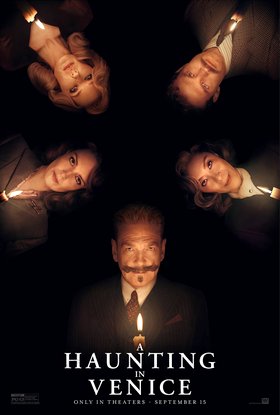


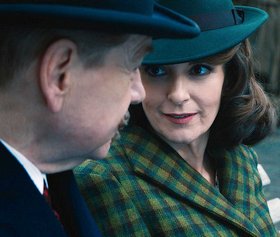
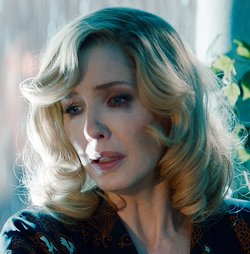
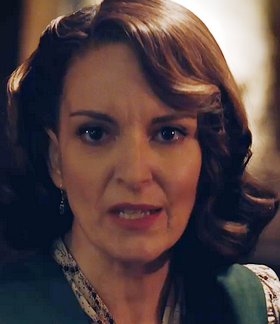
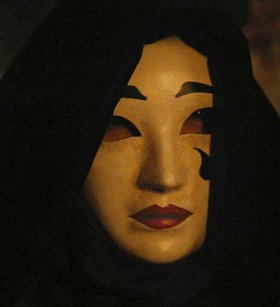
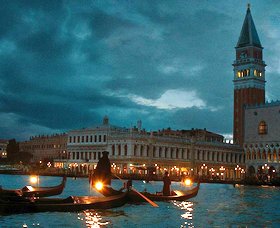
Venice, Italy
This film is based on Agatha Christie’s novel Hallowe'en Party.
Halloween parties
HALLOWEEN—Should Christians participate in the this holiday? Answer
What’s wrong with Halloween? Answer
About murder
About death

Séances — necromancy
What is the Occult?
The Occult—What does the Bible say about it?
What does the Bible say about ghosts?
Forgery
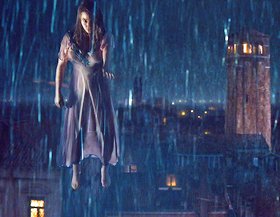
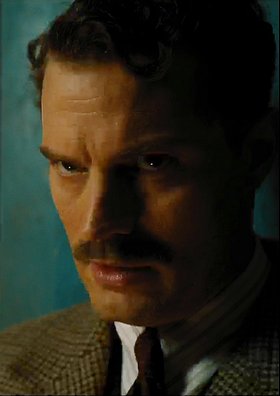
| Featuring |
Kenneth Branagh … Hercule Poirot Michelle Yeoh … Mrs. Joyce Reynolds Kelly Reilly … Rowena Drake Tina Fey … Ariadne Oliver, a crime fiction writer and Poirot’s friend Jamie Dornan … Dr. Leslie Ferrier Emma Laird … Desdemona Holland Camille Cottin … Olga Seminoff Kyle Allen … Maxime Gerard Riccardo Scamarcio … Vitale Portfoglio Jude Hill … Leopold Ferrier See all » |
| Director |
Kenneth Branagh |
| Producer |
20th Century Studios Kinberg Genre See all » |
| Distributor |
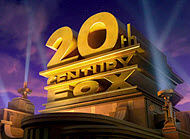 20th Century Studios, a subsidiary of The Walt Disney Studios, a division of The Walt Disney Company |
“Death was only the beginning”
Master detective, Hercule Poirot (Kenneth Branagh), is settling into his post-retirement life when an old friend, Ariadne Oliver (Tina Fey), visits him at his exquisite residence in Venice, Italy. In an attempt at snapping the detective out of his funk, Ms. Oliver tells Poirot she’s arranged for him to attend a séance with the sensational spiritualist, the “Unholy” Mrs. Joyce Reynolds (Michelle Yeoh). Confident he can expeditiously expose Mrs. Reynolds as a charlatan, Poirot accepts Ms. Oliver’s invitation.
Arriving at a large mansion (which has all the hallmarks of a haunted house) on Halloween night, Poirot is introduced to Mrs. Reynolds. The detective is in the process of explaining his distrust of the supernatural when a giant chandelier crashes to the floor behind him. When Poirot begins hearing and seeing things that aren’t there, a fascinating question arises: are these paranormal occurrences part of an elaborate ruse, or is Poirot losing his mind?
“A Haunting in Venice” is Branagh’s third outing as renowned Belgian detective Poirot, the central character in many Agatha Christie mysteries. Unfortunately, the third time isn’t the charm for Branagh, who also directed the film. The story, based on Christie’s 1969 novel Hallowe’en Party, is too dark and dire, without a hint of fun.
In addition to Branagh, Fey and Yeoh, the cast is rounded out by some fine actors including Jamie Dornan (“Fifty Shades of Grey”), Kelly Reilly (“Yellowstone”) and Camille Cottin (“Killing Eve”).
The opening sequence of establishing shots—which focus on such subjects as ancient statues, quaint European alleys, and pigeons pecking away at stray seeds lost among the cobblestones—are artfully framed and help to establish the film’s melancholic atmosphere. Also, several gorgeous Italian vistas (as seen from Poirot’s expansive rooftop) bookend the film. Sadly, there’s far too little of this excellent location work in the film.
The bulk of the story takes place in the ominous mansion (palazzo) with events transpiring over the course of one night. With such confined action, the story feels like a glorified stage play—Christie’s penchant for stuffing a large ensemble of characters into a claustrophobic setting was also on full display in Branagh’s earlier two movies in the series, “Murder on the Orient Express” (2017) and “Death on the Nile” (2022).
“A Haunting in Venice” is a dark film, both artistically and spiritually. Symbolically, the middle (heart) of the movie is exceedingly dark (evil). It’s filled with scary tales, a séance, murders, and a creepy, imaginary kid… the only thing missing is a black cat. The lighting and cinematography combine to create a moody environment where dim-lit faces float in front of indistinct backgrounds and where characters are dwarfed by expansive halls with vaulted ceilings. Though Branagh’s work behind the camera is meticulous, he employs high angle and canted shots a bit too often.
Though appropriate to the story, the relentlessly bleak atmosphere, along with the pervasive feeling of evil, may detract from the enjoyment of the film for some.
This prompts a broader discussion of the movie’s…
Spiritual Aspects
“A Haunting in Venice” is saturated with evil, which is manifested through sorcery, spiritism and the occult. I could fill several pages with quotes from the movie that pertain to ghosts, demons, curses, superstitions, murders, haunted houses, and the dead. For the sake of brevity, I’ll attempt to focus on the most salient instances of spiritual darkness in the movie.
Some spoilers: Near the beginning of the film, a man comes to Poirot for help and claims to be cursed. At the end of the film, Poirot, who’s already figured out a solution to the man’s problem from a handful of facts, says, “Your family is not cursed.”
The concept of a familial or generational curse dates back thousands of years and can be found in the Bible. One of the most well-known Scriptures on the subject is Exodus 34:7, which says God “punishes the children and their children for the sin of the parents to the third and fourth generation.” That’s really bad news, especially since there’s no such thing as a perfect parent. The good news is Christ paid the price for our sins when He died on the cross so that everyone can be made right with God (Romans 5:19).
As characters prepare for the séance at the palazzo, they exhibit a wide range of emotions. Poirot is dubious, but is poised to expose the psychic as a fraud. Ms. Oliver, a crime fiction writer, is seeking juicy material for a new book. She attended one of Mrs. Reynold’s séances in the past and claims that “things happened.”
Ms. Oliver isn’t the only person eagerly awaiting the arrival of Mrs. Reynolds. Dr. Leslie Ferrier’s (Dornan) precocious son, Leopold (Jude Hill), says he’s looking forward to the séance. His openness to an encounter with evil is reflective of many young people today who are seeking a connection to the supernatural. Unfortunately, instead of being drawn to the light (John 12:32), many are attracted to the darkness, to the allure of power and control, not realizing they’re playing with fire. This is a concerning trend for the future and places the onus on the Church to better educate and safeguard today’s youth against the dangers of evil that exist in the world and lead them to Christ, who is the ultimate power in the universe (Matthew 28:18).
When Mrs. Reynolds arrives, she verbally spars with Poirot over her title; she prefers medium, he labels her an opportunist. She claims she can talk to the dead, which, by definition, makes her a psychic. At a different point in the film, young Leopold says he talks to the dead all the time and that some of them are his friends… a confession that’s far more frightening than any of the movie’s horror tropes.
The Bible records an instance of someone consulting the dead. In 1 Samuel 28:3-25, a desperate King Saul visits a witch at Endor (not the forest moon with the short, furry creatures) to help him communicate with the deceased prophet, Samuel. Saul’s plan backfires when the spirit of Samuel tells him the army of Israel will lose to the Philistines the very next day. Further, Saul and his three sons will die on the battlefield. Samuel’s prediction of Saul’s demise comes true in 1 Samuel 31:6. Message: don’t consult with spirits.
One of the most disturbing moments in the movie is when Ms. Rowena Drake (Reilly) says she would give all she has just to hear her daughter’s voice again. While most people struggle to accept the loss of a loved one, Ms. Drake’s statement reveals an underlying neurosis. Ms. Drake is so desperate to reconnect with her departed daughter, she invites a psychic into her home to perform a séance. Such a drastic action is rife with danger since a devil’s bargain seldom ends well.
When the séance begins, Ms. Oliver says she feels a chill. Mrs. Reynolds uses a typewriter as a Ouija board; it loudly taps out letters of the alphabet that correspond to people’s initials. Things escalate when Mrs. Reynolds violently spins in a chair while making evil moans and screams. When she stops, her eyes are bloodshot and she begins speaking as Ms. Drake’s daughter.
At the conclusion of the séance, Poirot remains unconvinced about Mrs. Reynolds’ supposed psychic abilities. Her response to the detective’s skepticism is, “Who’s getting hurt?” The statement is promptly followed by two murders.
The moral is clear; those who dabble in the occult run the risk of facing negative consequences and perhaps even an untimely demise. The Bible is unequivocal on the matter,
“Do not turn to mediums or seek out spiritists, for you will be defiled by them.” —Leviticus 19:31
The only person who has a modicum of spiritual insight in the movie is Olga Seminoff (Cottin), a former nun who left the order after falling in love with a man. Upon meeting Poirot, Ms. Seminoff says she has “faith the wicked will meet justice.” She believes the séance is an affront to nature and God, and later calls the evil summoning “satanic.” Ms. Seminoff references Exodus 22:18, which says, “Do not allow a sorceress to live.” She says the Bible warns against such individuals with good reason. When questioned by Poirot about her alibi, Ms. Seminoff says, “There is only one to who I must answer, that is not you.” Near the end of the movie, she reasons that “only God can forgive.” It’s the most enlightened statement in the entire movie.
As for Poirot, he remains closed-minded to anything supernatural, even after the many bizarre things he experiences in the movie. The detective admits that he’s lost his faith and doesn’t believe in an afterlife.
When Poirot is asked if he believes in ghosts, a fascinating discussion about the soul ensues. He starts off on the right track when stating, “if there is a soul that means there is a God.” Then, extending the main point to a ludicrous conclusion, he avers that since ghosts don’t have souls, there is no God. It’s a specious argument made even more mystifying by the fact that Poirot claims he doesn’t believe in ghosts.
Speaking of ghosts, as a scary tale is being told with shadow puppets, Poirot asks, isn’t this “too frightening for children?” An ironic question that also applies to the movie’s malicious and macabre subject matter.
Objectionable Material
Offensive Language/Vulgarities: The movie has an array of curse words, including: h*ll (3), d*mn/d*mm*t (4), a** (1), b*st*rd (1), and sh*t (1). The film also contains some irreverent speech: Chr*st (2), Oh, God! (1) and Good God! (1).
Alcohol/Drugs: Opium is mentioned in one scene. A boy asks his father if he needs a pill, but the type of medication isn’t stipulated. When stirred into tea, poisonous honey kills one character and creates hallucinations in another.
Nudity and Sexual Content: A young man and woman are briefly seen kissing in one scene.
Violence and Graphic Content: In separate scenes, two women are shown falling into the ocean and drowning.
A girl is slashed across the back with a gardening claw and pushed to her death.
A woman falls onto the spike of a statue—death by impalement. No blood is displayed, so the tableau isn’t overly graphic.
One sequence depicts the attempted drowning of a man.
A man claims that in the past he shot himself through the chest. During a shocking scene, he turns up dead on the floor—again no blood or gore. A later scene reveals that he leaned back onto a sword to kill himself.
Two men engage in a violent fistfight. Some objects are broken, but the melee is bloodless.
A scary story of imprisoned children taking revenge on their adult captors may be too intense for some in the audience.
Final Thoughts
“A Haunting in Venice” is the worst of Branagh’s three Agatha Christie movies, which is disappointing since it squanders superb performances and excellent production values. Though the psychological thriller aspects (Poirot’s sanity, Ms. Oliver’s duplicity and Dr. Ferrier’s PTSD) are intriguing, the steady stream of cheap horror movie gimmicks (shattering saucers, slamming doors, bursting lightbulbs, squawking parrots and bees flying out of a skeleton’s mouth) fail to frighten… or entertain.
Christie’s stories all revolve around a murder (or murders). Despite their lurid plot devices, her works (and even the films based upon them) are fairly family-friendly. If this movie had just told the tale of a murder on Halloween night, it would’ve been palatable to a much wider audience. By infusing a heavy dose of the occult into the murder mystery, the movie is offensive and inappropriate, especially to impressionable, young viewers who might be swayed by its positive portrayal of black magic.
In one scene, Ms. Oliver quips that young Leopold has “all the charm of chewing tin foil.” Sadly, the movie has a similar appeal.
As a film that fully embraces its dark side, “A Haunting in Venice” should be avoided at all costs.
- Occult: Very Heavy
- Profane language: Heavy
- Vulgar/Crude language: Moderately Heavy
- Violence: Moderate
- Wokeism: Mild
- Drugs/Alcohol: Minor
- Sex: Minor
- Nudity: None
Learn about spiritual darkness versus light
What is the Occult?
The Occult—What does the Bible say about it?
Learn about DISCERNMENT—wisdom in making personal entertainment decisions
 Every time you buy a movie ticket or buy or rent a video you are in effect casting a vote telling Hollywood, “I’ll pay for that. That’s what I want.” Read our article
Every time you buy a movie ticket or buy or rent a video you are in effect casting a vote telling Hollywood, “I’ll pay for that. That’s what I want.” Read our article
See list of Relevant Issues—questions-and-answers.


PLEASE share your observations and insights to be posted here.
